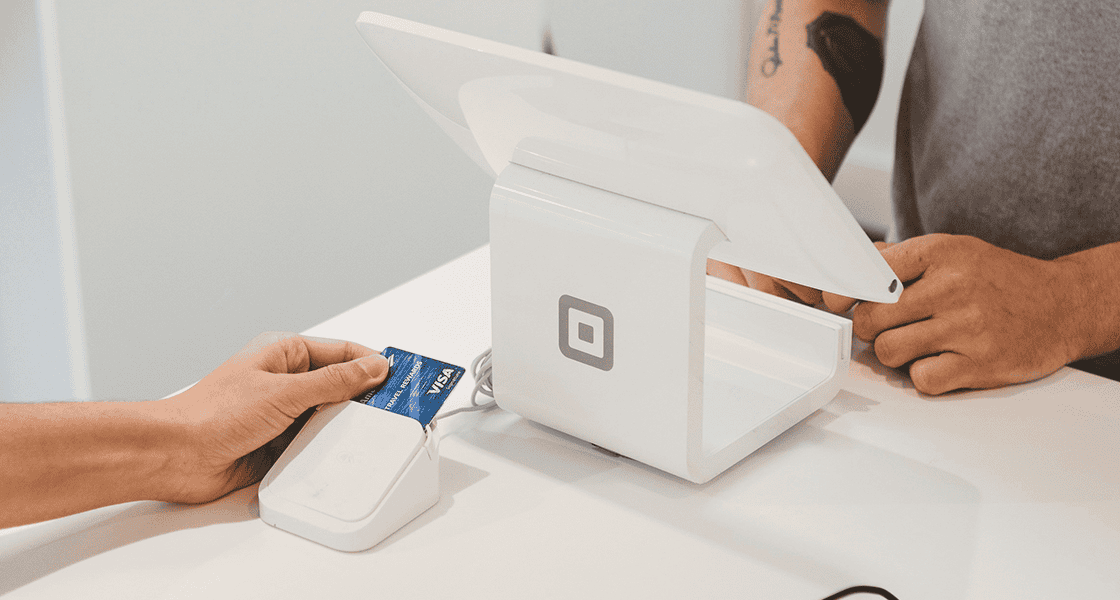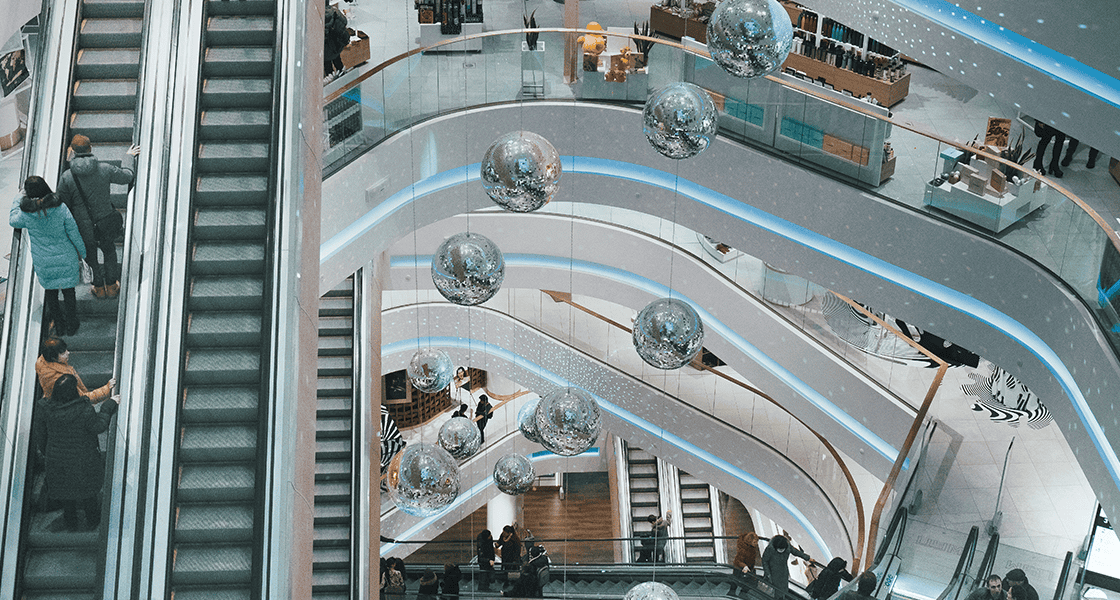Retail & Distribution
NRF 2017 Top Takeaways & Trends
9 February 2017
Retail’s Big Show, organized by the National Retail Federation, in New York was the usual jamboree of retailers and IT software vendors looking to successfully map out the future of the sector. This year 35,000 people visited over the event’s three days (including around 3,000 from outside the US) to see the 510-plus exhibitors presenting their solutions.
The event inevitably highlights a wide variety of developments that are having, or will likely have, an increasing impact on the retail industry. The following are among the top takeaways and trends picked up from this year’s NRF Big Show:
Data and Machine Learning
The use of data to better inform retailers’ decision-making is nothing new but the utilization of machine learning capabilities is something that has certainly made its presence fully felt this year for the first time. The ability to identify patterns in mountains of different types of data (including voice and visual imagery) and from this deliver actionable insights is being made possible. The likes of Blue Yonder, which is working with a major UK grocer, and IBM with its Watson solution use technology that no longer relies on rigid rules-based programming techniques but constantly learn from the data being processed so its decision-making becomes more intelligent over time. Staples is using Watson to help it interact with customers via voice to automate order taking and answer shoppers’ queries. The same techniques are being used by Chatbots, which are being increasingly used by fashion retailers.
Repositioning the Supply Chain
Retailers with large estates of physical stores have been under pressure to sell some of their outlets as sales have continued to move online. This was the case with UK-based Argos that has 850 stores. But as fulfilment has become a key battleground in home shopping the ability to use physical stores as collection points for online orders is being increasingly recognized. Bertrand Bodson, chief digital and marketing officer at Sainsbury’s Argos, says this has led to a repositioning of the supply chain at Argos and one in six of its stores (the larger units) now act as hubs from which a number of deliveries are made each day to the other smaller outlets. This means its smaller stores effectively have a broader product range and Argos can fulfil much more quickly than other merchants.
Virtual Reality (VR)
The technology has been around for some time but it continues to evolve and become increasingly relevant to retailers. Canadian-based Valtech has developed machines that can produce artificial sensory experiences to immerse shoppers in stuations where they can visualize and feel the product they’re interested in. By linking it to a retailers’ back-end system the solution can overlay key sales data and relevant KPIs on top of the 3D visuals. When VR headsets become mainstream, this type of solution will drive VR-commerce whereby shoppers can enter virtual stores in the comfort of their own home and make purchases.
Handling Increased Complexity
As retailers continue to grapple with the challenge of adopting new technologies and undertaking digital transformations they have to also deal with servicing an increasingly varied mix of ever more demanding customers. Jamie Ovenden, director of digital and retail IT at Arcadia, suggests: ‘We’ve reached peak complexity at a time when our customers are the most demanding.” He points to a growing number of his customers – the ‘digital natives’ – who want to interact differently to Millennials – with mobile very much at the heart of the interaction. “Mobile penetration is 100% for 16-year-old customers who have no desktop usage. We need to work out how to be relevant to a 34-year-old Russian as well as a 16-year-old Chilean,” he says.
On-demand and Customization of Products
The rise of on-demand and mass customization could be the ultimate solution for retailers as it effectively enables them to have an infinite number of SKUs available to buy online even though the goods do not physically exist. Rather than having products sitting in a warehouse they are instead produced on-demand following a purchase by the customer. Shoes of Prey has an arrangement with US-based department store Nordstrom that involves the shoe retailer populating Nordstrom’s website with proposed designs for shoes. Only when they are bought does the manufacture actually take place at Shoes of Prey’s own production facility. Also attaching its business to customized on-demand retail is Indochino, which sells made-to-measure suits that have many customizable components.
Rise of the Robots
An early, and obvious, use of robotics in retail has been as customer service assistant’s in-store to replace employees. Another use now being promoted is for stock-checking and ensuring prices are accurate on products as well as making sure they are correctly placed on the shelves. Simbe Robotics has developed the Tally robot that is being piloted by a number of US-based retailers. It uses both sensor technology (from Intel) as well as high quality cameras that enable it to take detailed images of the products in-store and compare this data with the expected situation based on planograms and stored product details. These technologies are massively quicker than humans at undertaking such tasks and unlike other automated solutions the new visual-based robots do not rely on RFID tags on products.
Advancing Search Capabilities
To date search has been very much based around text but this is certainly changing fast. As well as voice coming to the fore there is also an increasing use of visual imagery. Start-up technology firm Mode.ai powers Chatbots that are very much based around the use of visual imagery. Customers simply send a photo of a clothing item or an accessory and the solution then undertakes a search to find the specific item or similar alternatives based on the fashion brands with which Mode.ai is working. The technology also learns over time the preferences of the individual customers, which helps deliver an intelligent level of personalization.
Enhanced Visuals / Augmented Reality
For higher value items, especially home wares and furniture goods, new technology is emerging that delivers greatly enhanced visuals on retailers’ websites. France-based Augment is working with Cdiscount and Leroy Merlin to display rich visual versions of their products and for the customer to manipulate them around the screen as well as placing the items in their own home environments through augmented reality technology.
Rise of Voice Interaction
There is no doubt that voice is becoming increasingly important in the way customers interact with retailers. This has been evident with the rise of Amazon’s Alexa and at NRF many solutions used this form of interaction rather than relying on text. As well as Staples using IBM Watson, technology firm Theatro has developed a Siri-like app that is being used by retailers including The Container Store to improve customer service. Using a voice-controlled wearable for retail employees it is possible to connect disparately located individuals in order that experts and specialists can be called upon to help employees address specific customer queries across any part of a retailers’ organisation.
Emotional Intelligence
The ability to gain real-time feedback, and to react immediately to this in-store, is becoming a reality through the emergence of technology solutions involving Emotional Intelligence capabilities. Cloverleaf has created an intelligent digital signage solution that can be retro-fitted onto existing store shelves. It is able to tailor content to specific individuals based on their facial expressions and their demographics. If they behave in a certain way to a particular type of content displayed then this can drive other actions and selected content. Cloverleaf holds a record of different facial expressions and demographic information, which it utilises within its algorithms.
Improved Clienteling Opportunities
The combination of retailers’ mobile-first strategies and access to ever richer data insights is leading to improved clienteling services in-store. Cegid’s mobile clienteling solution, which was showcased during NRF, helps in-store sales associates to better understand the customer by having access to their preferences, sales history, campaign ROI and preferred channels to shop. Another great feature is the ability to see the customer’s social media interaction with the retailers, customer service reviews as well as their likes and shares. All information is available on a sleek tablet enabling the in-store sales person to access vital customer and product information when needed.
There were many more highlights, too many to mention in a single blog post. We met some great retailers at our booth and the Cegid team is very excited for the year ahead.
How was #nrf17 for you? Do you have any takeaways you’d like to share with us? If so, contact us or Tweet us @CegidWorldwide and join the discussion.


